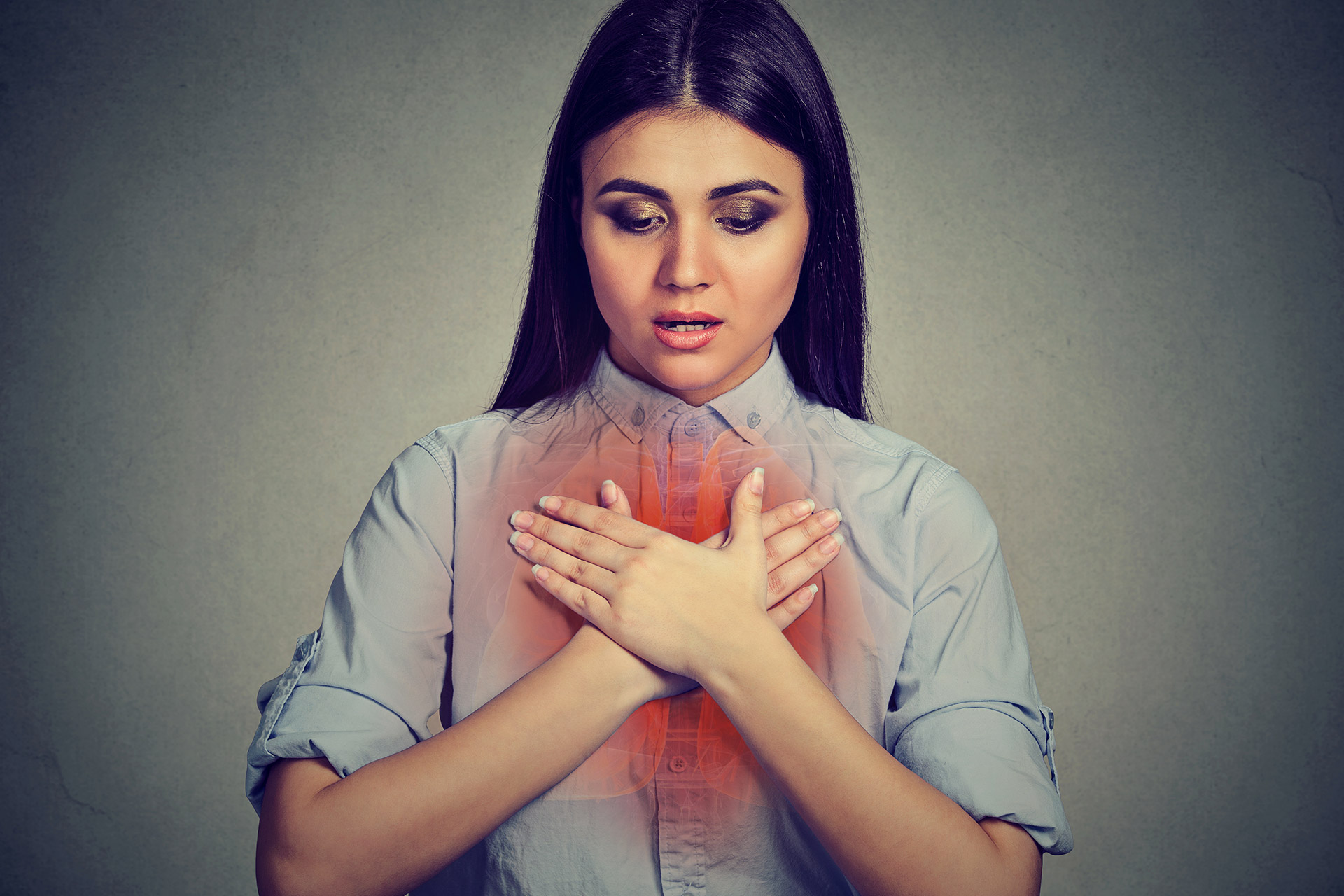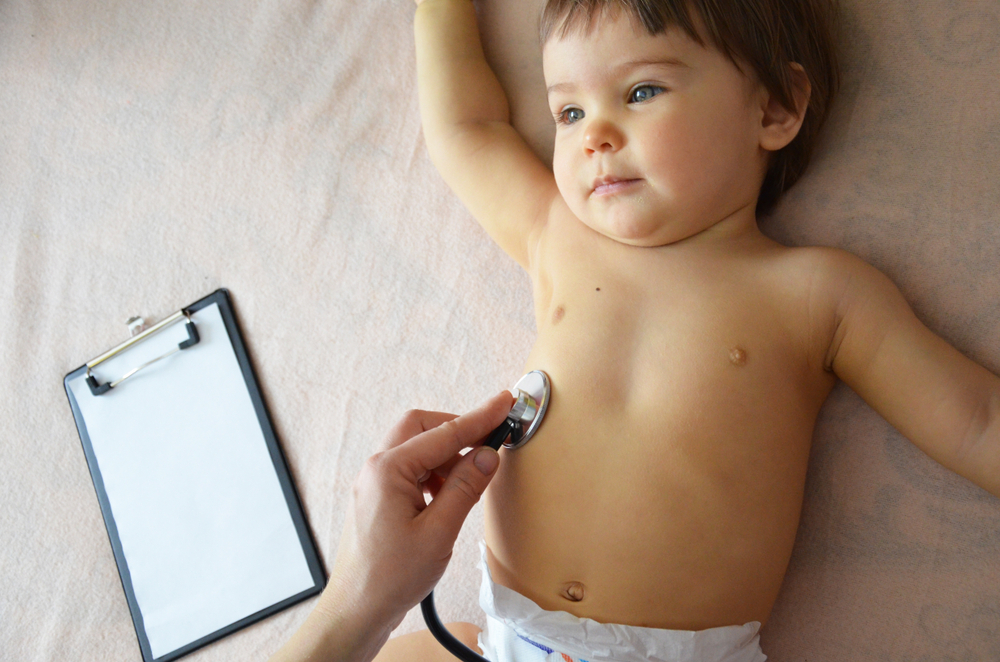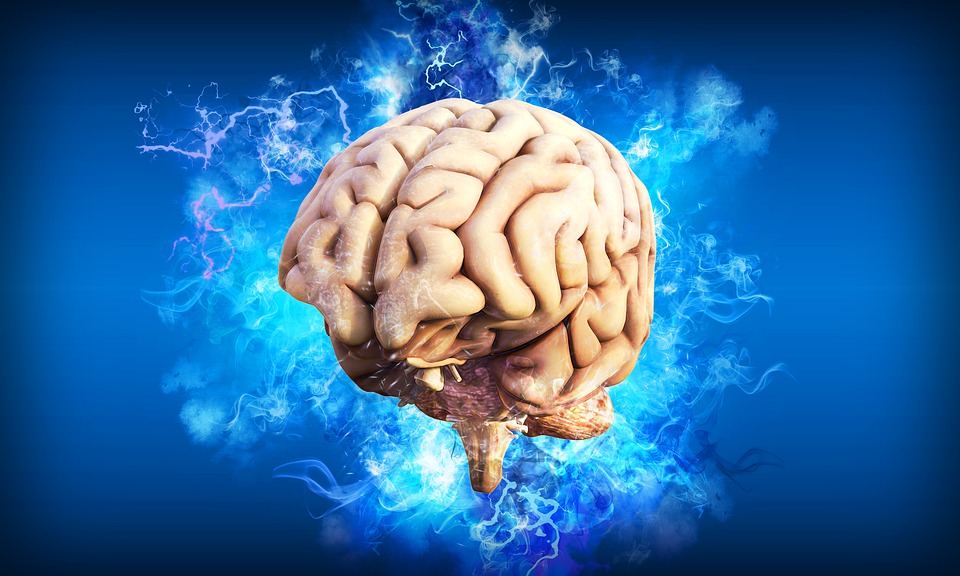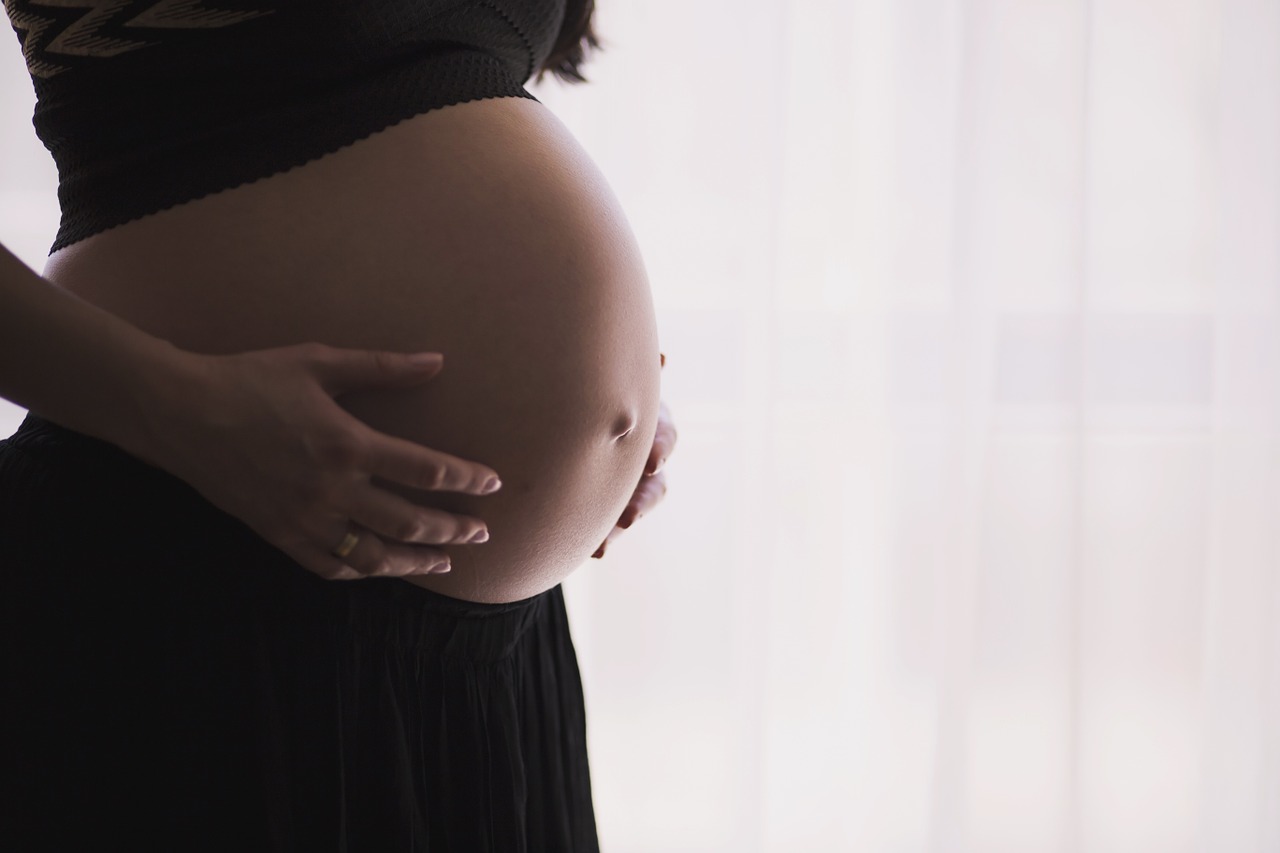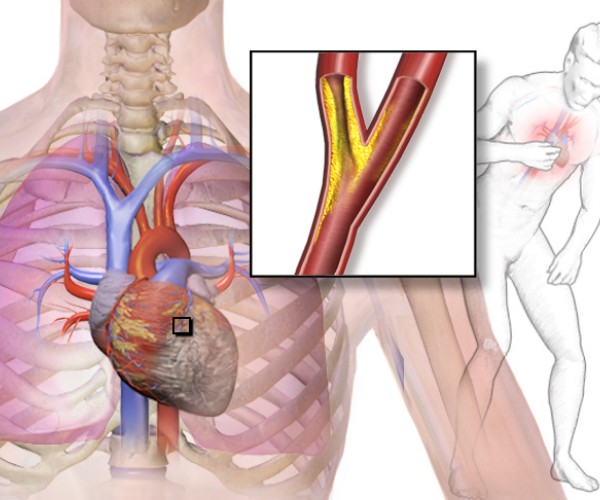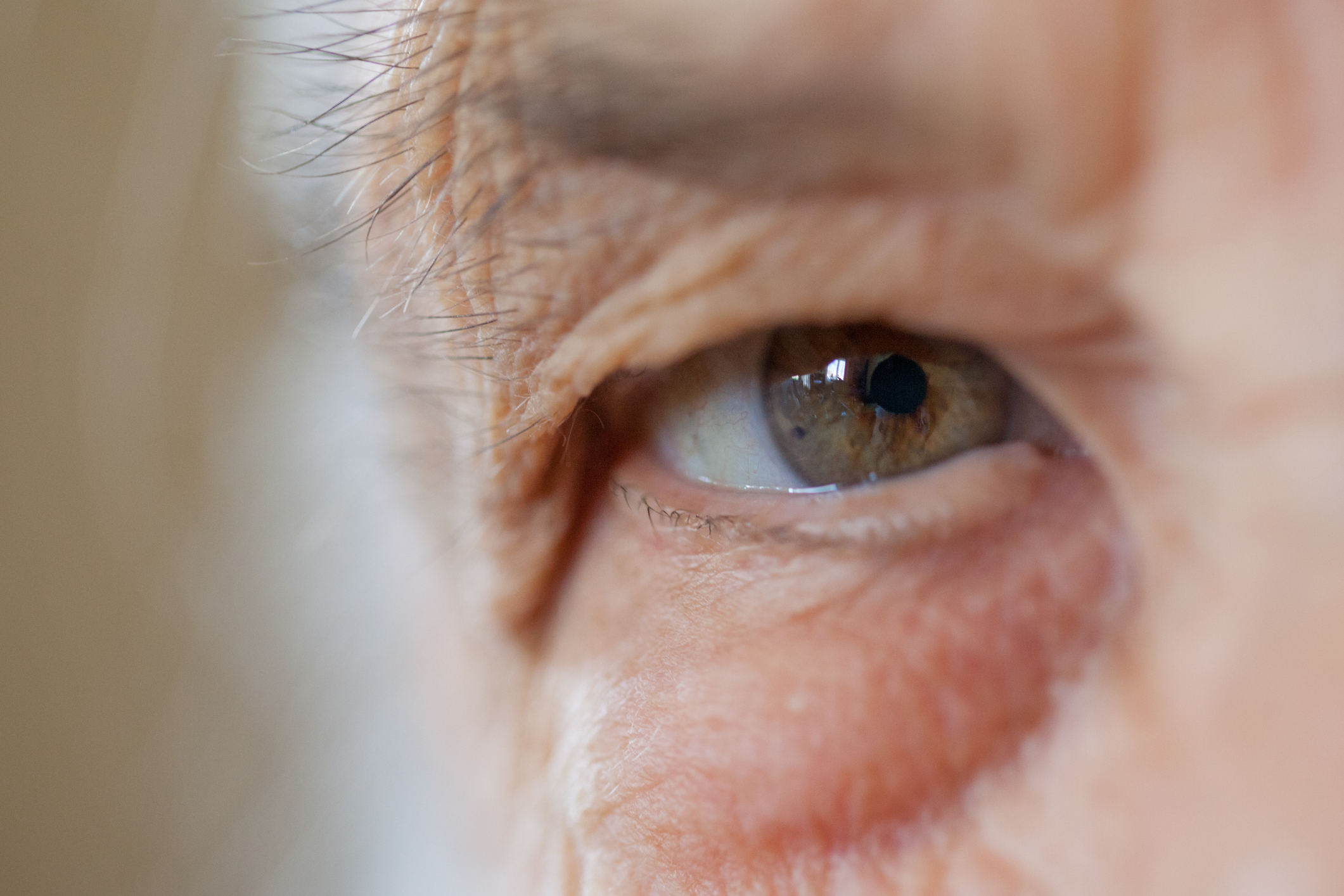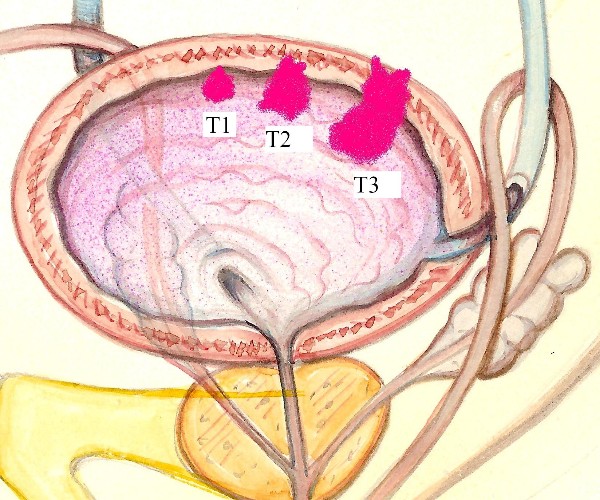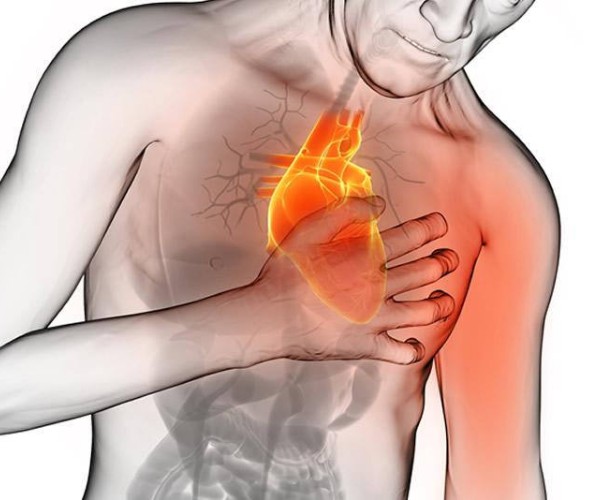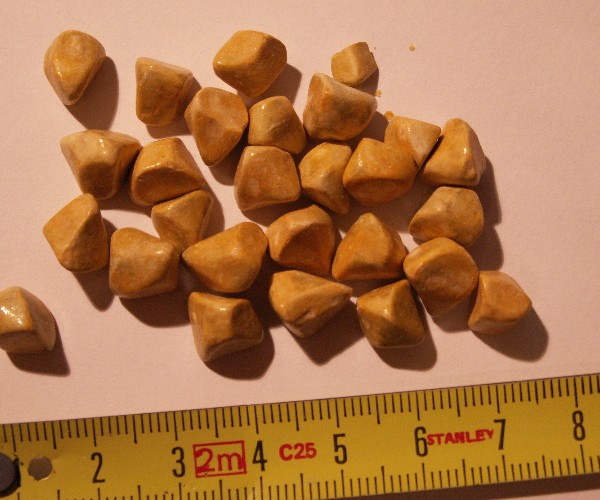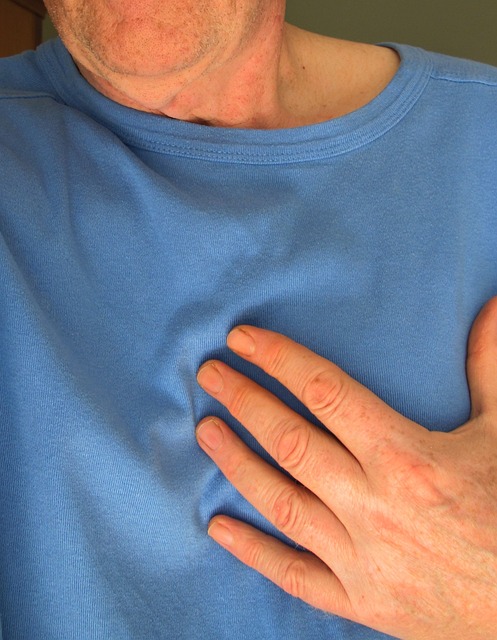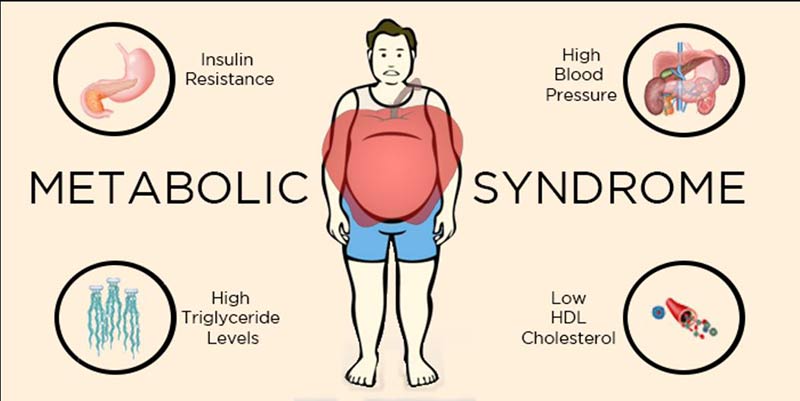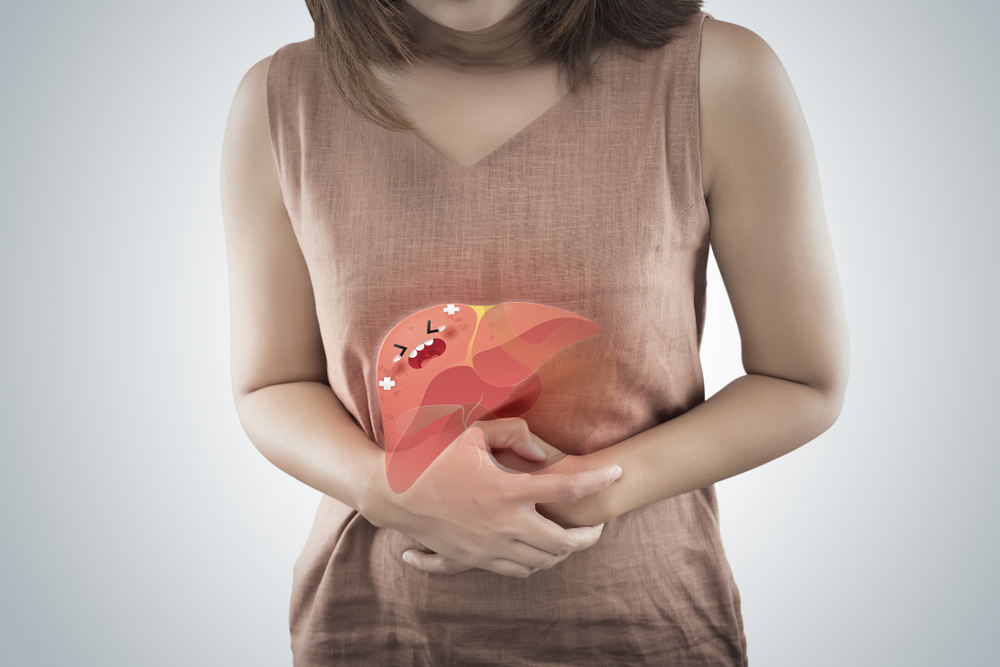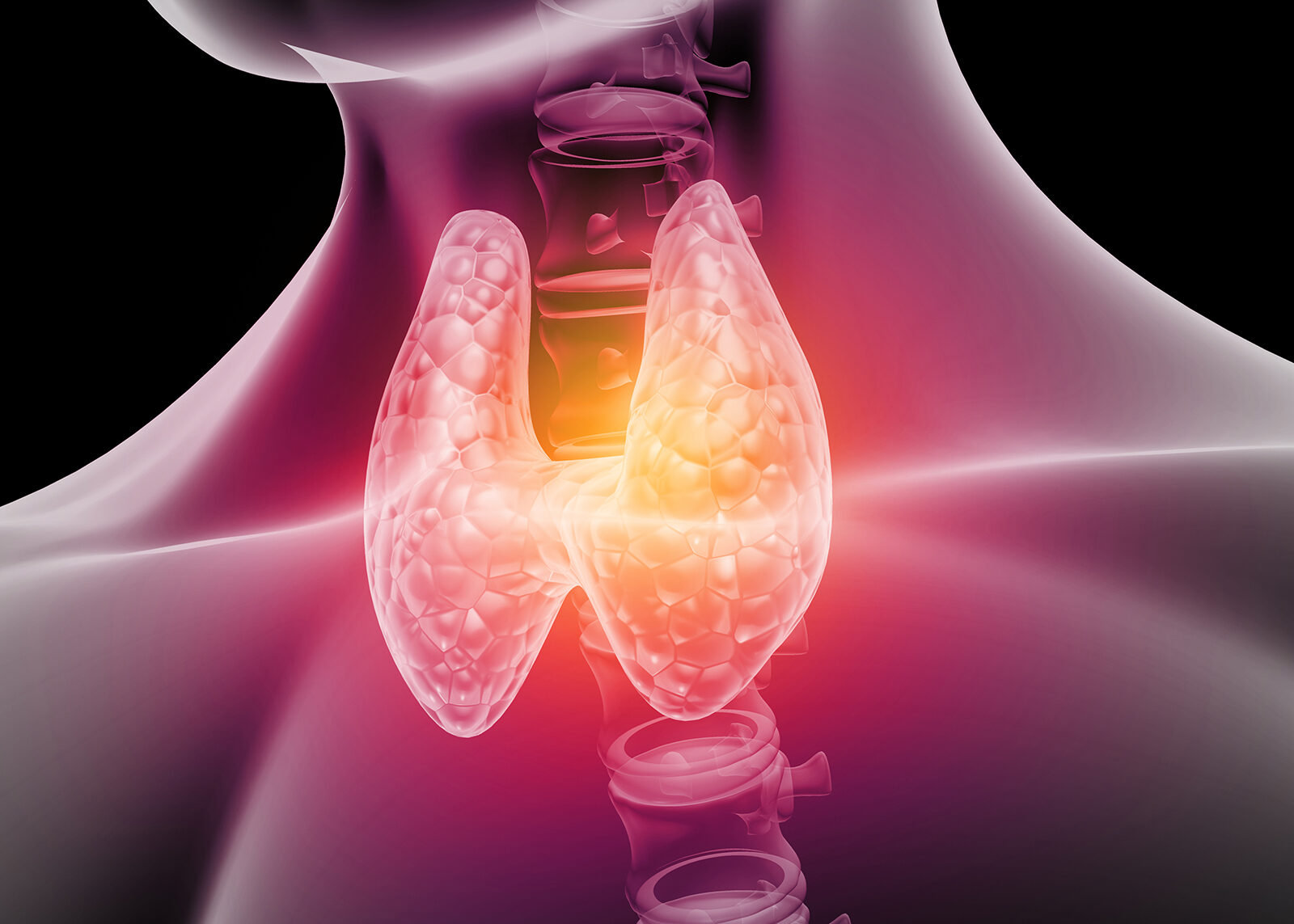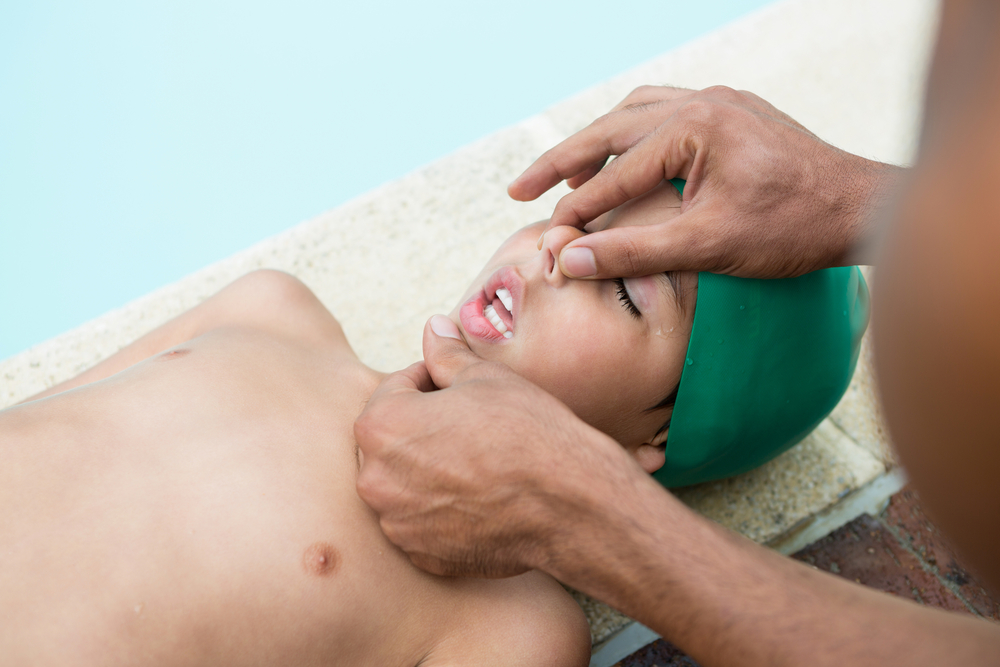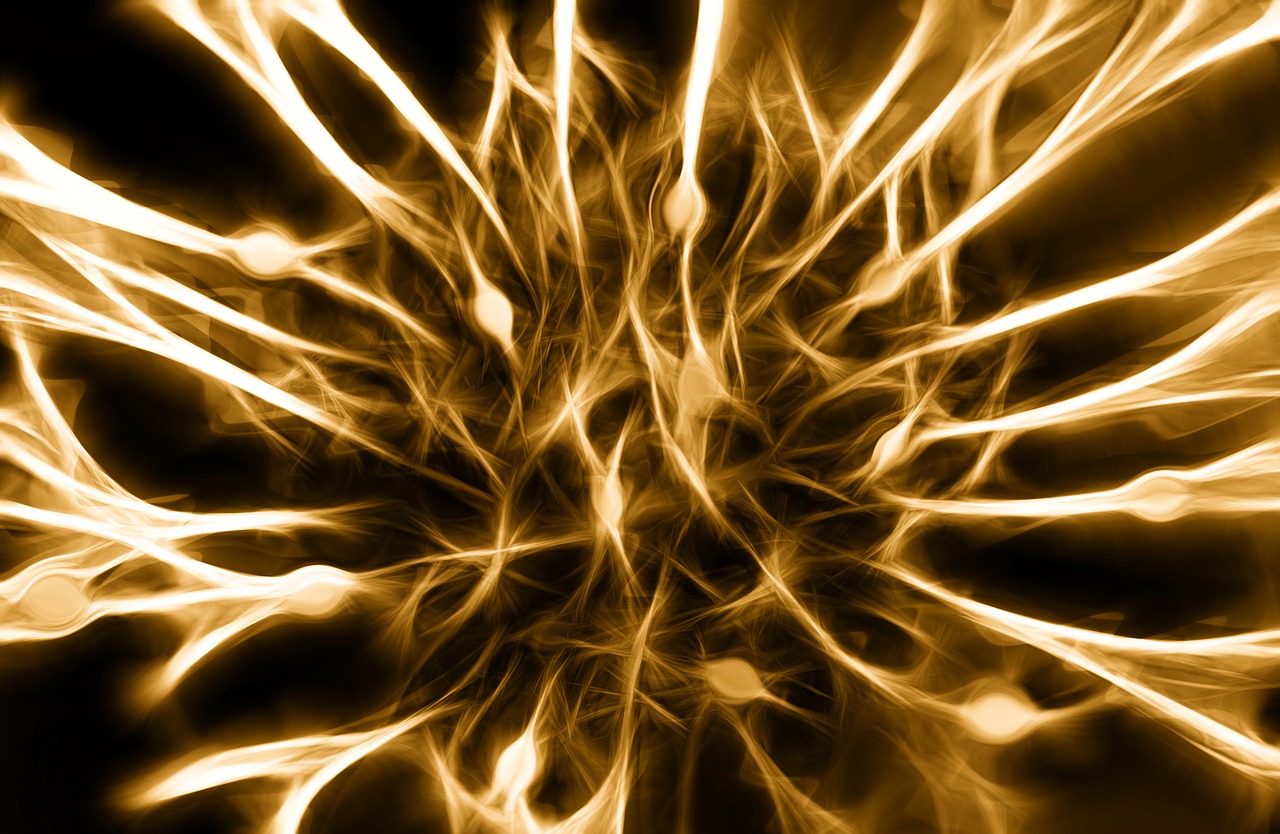Traumaticshock can be secondary to trauma of any nature.
Traumatic shock can also occur without any blood loss, but it should be considered that it often follows hemorrhage, especially internal bleeding, and especially intra- or retro-peritoneal bleeding.
Two varieties of traumatic shock have peculiarities:
- Bywaters syndrome, which is observed in the course after muscle crush trauma, the affected limb is bruised, insensitive to cold, with hard edema, the urine is dark purplish in color due to the presence of myo-hemoglobin. After a few days an absence of urine may occur in the patient.
- Secondary shock of a limb, the limb subjected to the trauma, after removal of the root-applied tether, may suffer the secondary effects of traumatic shock. Ischemia and other consequences can be avoided by refrigerating the limb and gradually removing the tether.
The diagnosis of traumatic shock is based on the following elements:
- Ossevation of the time elapsed between the injury and the onset of symptoms.
- The signs: cyanotic pallor, sweating, distress, agitation, short and shallow breathing, cold feet and hands. Vascular collapse, rapid but insufficient pulse, drop in blood pressure, dilated pupil.
Once the diagnosis has been made, targeted examinations should be performed to check for possible bleeding. Blood pressure and blood volume, the degree of acidosis, and blood potassium levels should be monitored.
Treatment
It must be early:
- etiology, treatment of traumatic injuries and external and internal bleeding.
- Transfusion, to replenish blood flow volumes.
- Of correction of any acidosis by e.v.
- Of oxygen therapy, subject to checking that the upper airway is clear.
Monitoring the patient, blood pressure, warding off complications such as anuria or other damage in time.



